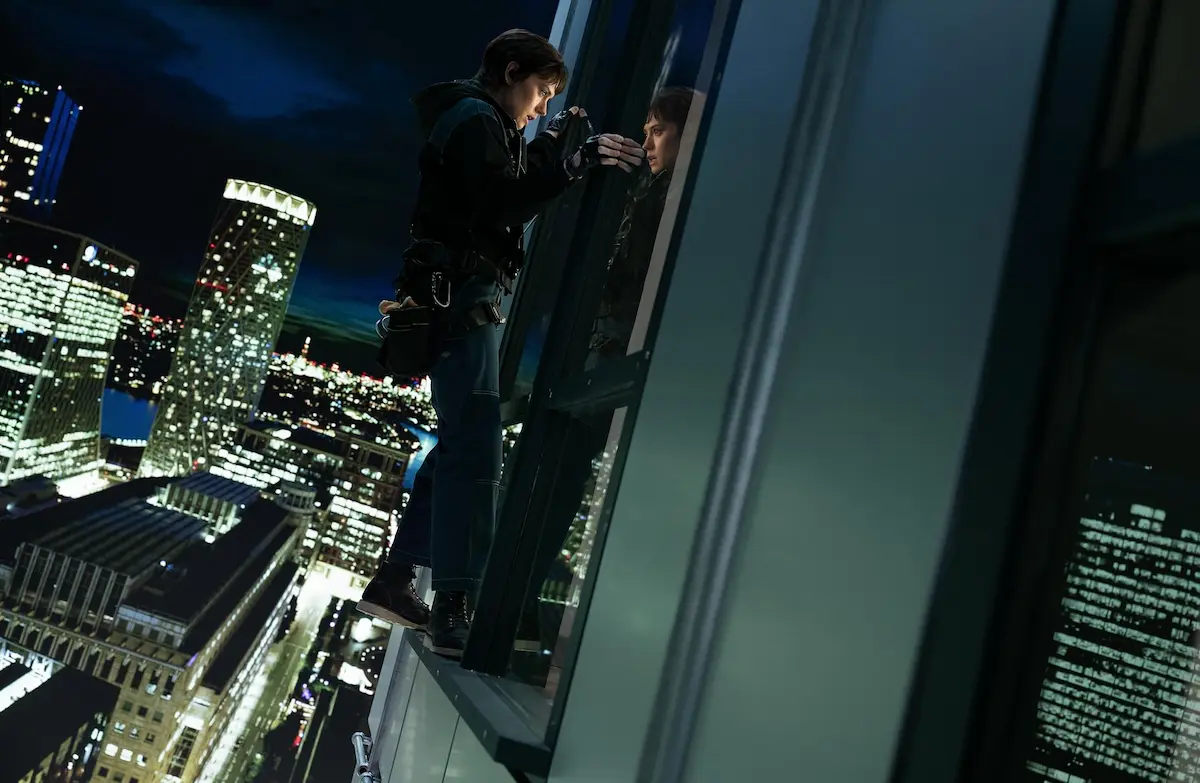Prepare for a gripping thrill ride with Cleaner, hitting theaters on February 21, 2025!
Directed by action maestro Martin Campbell and starring Daisy Ridley, this high-stakes thriller follows a meticulous crime scene cleaner who gets pulled into a dangerous web of corruption and betrayal. As she uncovers shocking secrets while erasing the aftermath of brutal crimes, she must fight to survive and protect those she loves.
With its razor-sharp tension, dynamic action, and Ridley’s compelling presence, Cleaner promises to be a must-watch event. Don’t miss this edge-of-your-seat experience from one of the best in the business!







